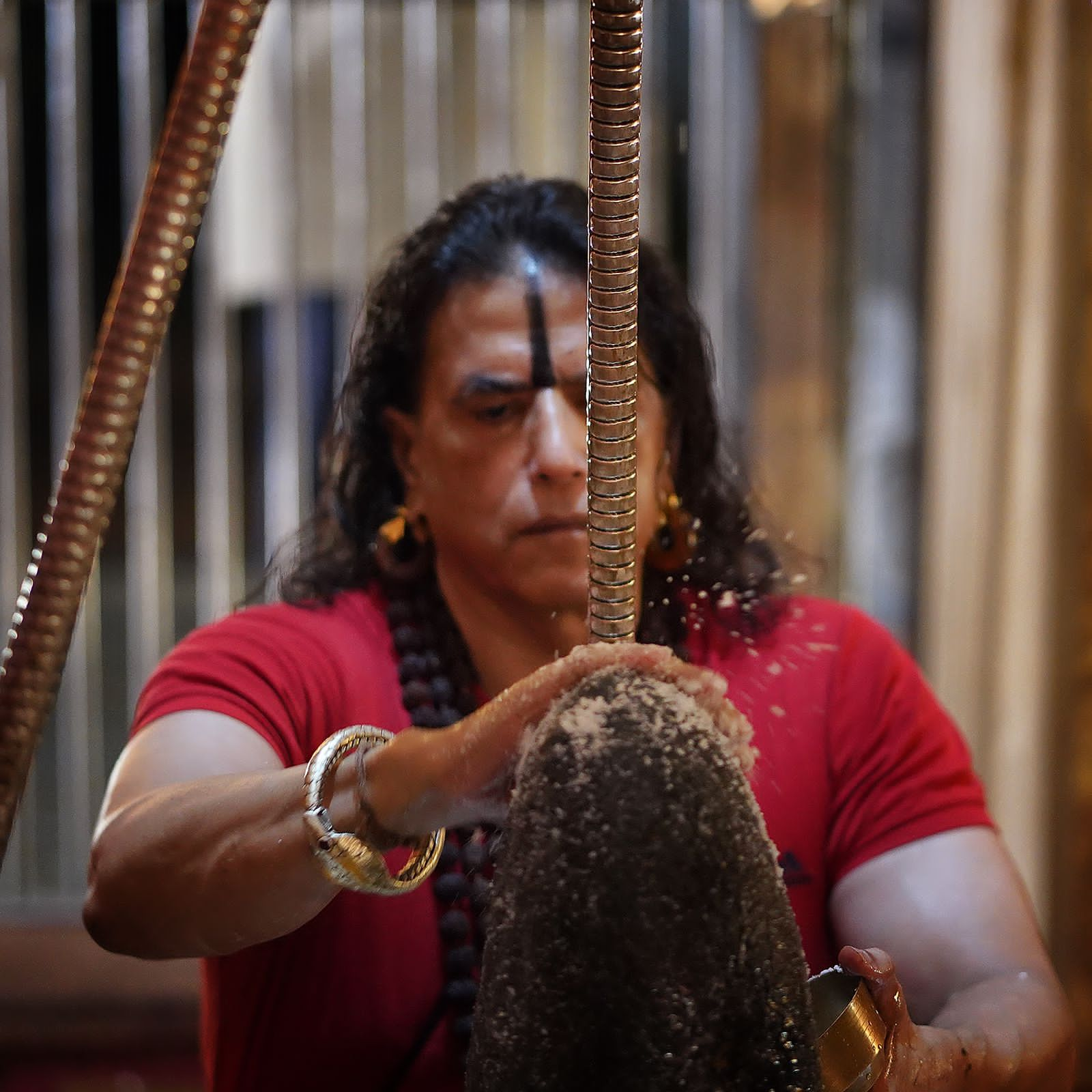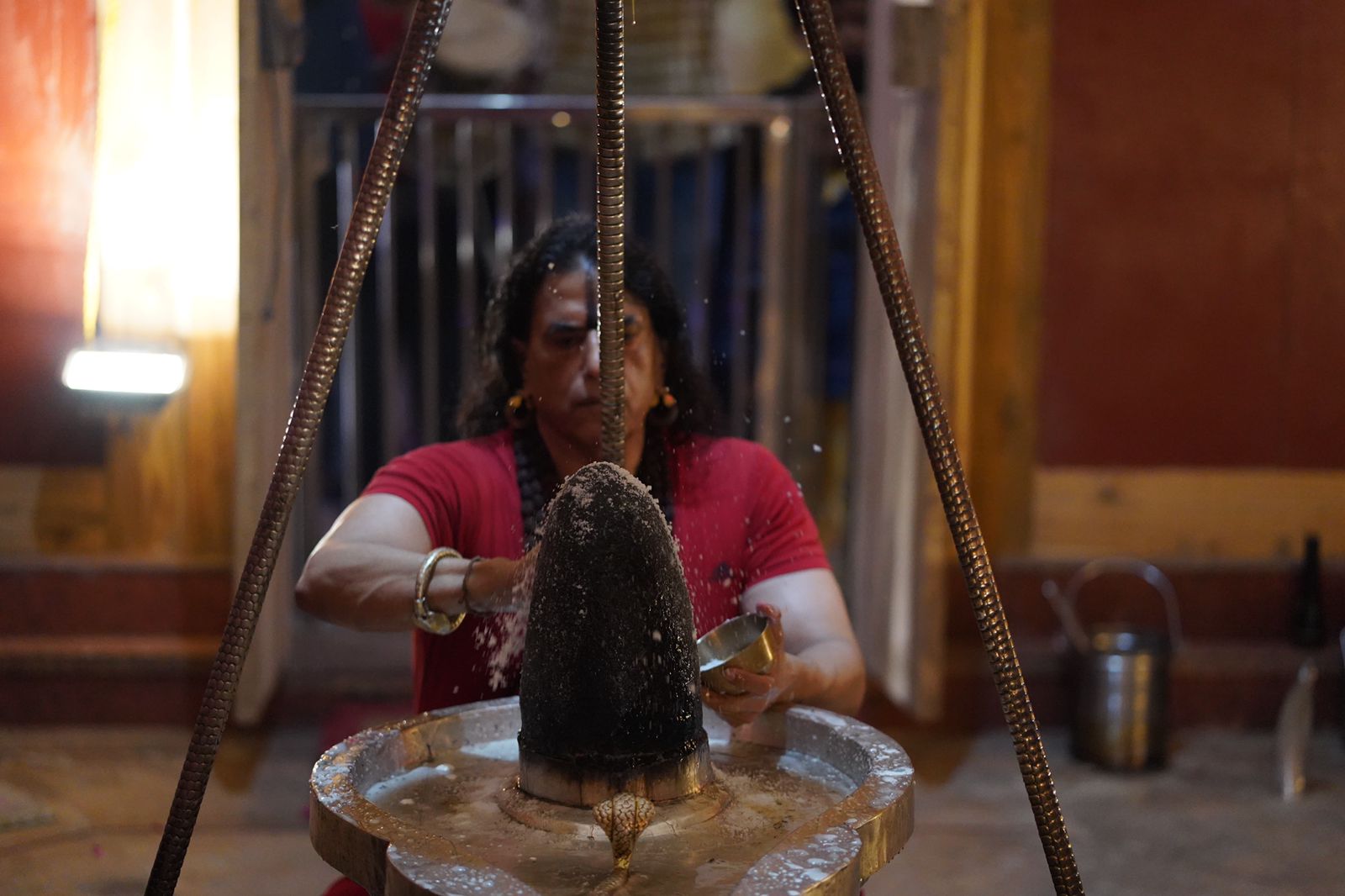Kriya Yoga is an advanced form of yoga that aims to help its practitioners understand the connection between their mind and body. It enables one to develop their consciousness and become aware of the immortal substance within them. The ultimate goal of Kriya Yoga is not just to realize the existence of God, but to understand one's own self and awaken their subconscious mind to a conscious state.
There are 11 levels in the practice of Kriya Yoga, each with its own techniques and teachings. The first level involves seven techniques, including Talavya Kriya and Jihvachalan for the tongue, Manasik pranayam for concentration on the spine, Shvas-sahit pranayam, Nabhi Kriya, Yoni Mudra to see the immortal substance, and Mahamudra to prepare the body for more advanced practices. The techniques are performed in a specific proportion and must be learned directly from a guru. Once the practitioner has achieved Khechari Mudra, the techniques are rearranged, and the pranayam in Nabhi Kriya is introduced.

The second and third levels involve three stages each, with the introduction of a mantra in the second level, and head movements and pranayam in the third level. These levels help to open the heart knot, known as Hridaya Granthi Bheda, and the experiences in Yoni Mudra become deeper and more mystical with these practices. The fourth level is a strong pranayam that takes time for the body to adjust to, and the fifth level involves Dhyan Kriya, which is the Kriya for concentration of the mind and leads to deeper meditation and concentration.
The sixth level opens the knot of Vajra nadi and creates the door for Kundalini to rise, and in the seventh level, the third pranayam of Nabhi Kriya is taught, which enables one to leave their body consciously at the time of death. The eighth and ninth levels focus on Rudra Granthi Bheda, and include the special technique of Omkar Kriya and the final stage of Yoni Mudra. The tenth and eleventh levels involve the teaching of a mantra and Shambhavi Mudra, which allows the practitioner to remain in a state of samadhi even in their conscious hours.
In conclusion, Kriya Yoga is a path that requires dedication and mastery of various techniques at different levels, leading to a deeper understanding of one's self and the connection between the mind and body. It is a journey that unfolds gradually, with each level building upon the previous one, ultimately leading to a state of samadhi.
